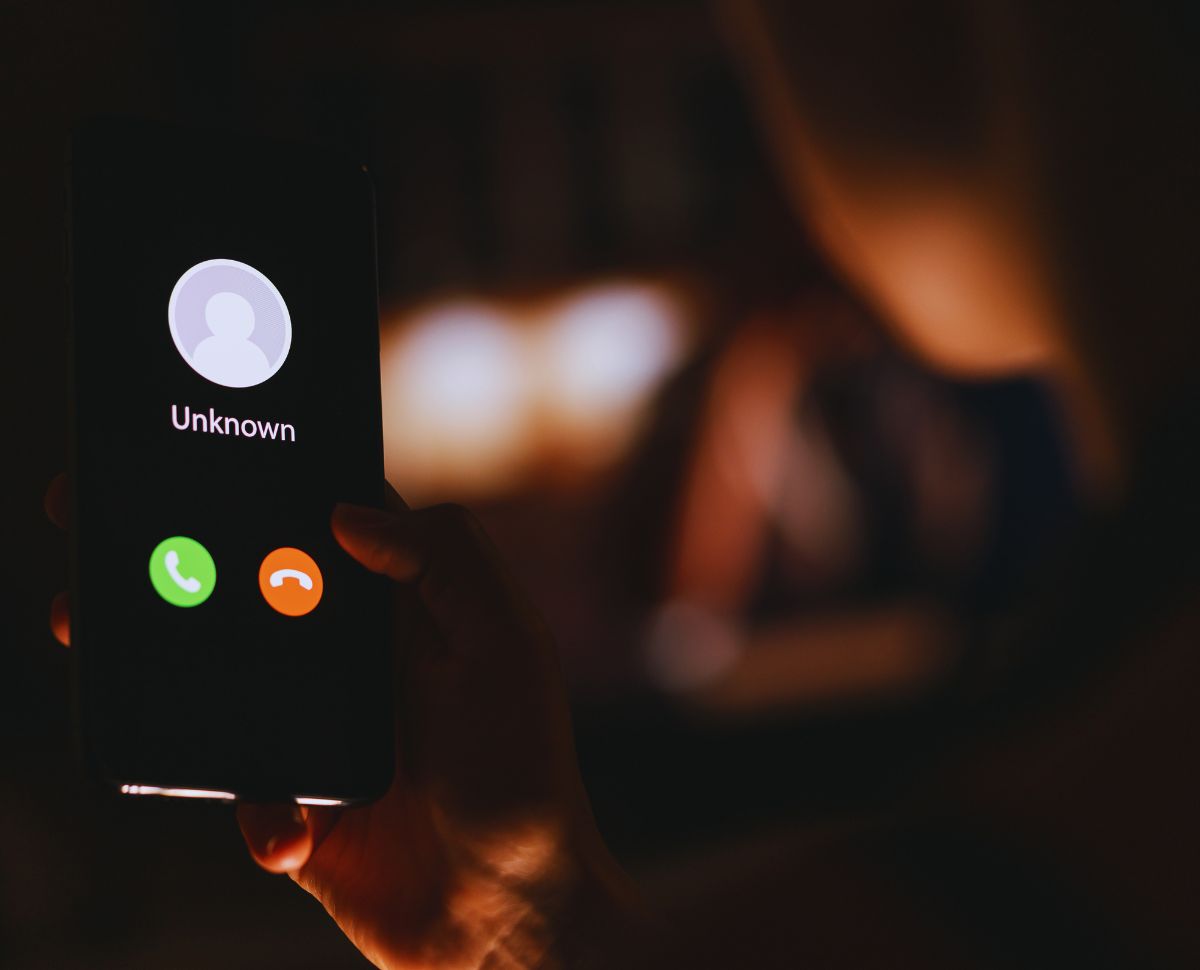If you’re facing criminal charges or involved in a domestic violence case in California, you may be subject to a no-contact order. One of the most common questions people ask is:
“Can I talk to the alleged victim even if they want to talk to me?”
The answer is critical—and the consequences for getting it wrong can be severe. This guide explains everything you need to know about no-contact orders in California, including what they mean, what you’re allowed to do, and what can happen if you violate one.
What Is a No-Contact Order?
A no-contact order is a legal directive, usually issued by a judge, that prohibits one person (typically the defendant) from contacting another person (usually the alleged victim). These are common in:
-
Domestic violence cases
-
Assault and battery cases
-
Harassment and stalking situations
-
Certain protective custody or child endangerment matters
No-contact orders are designed to protect the alleged victim from potential intimidation, harassment, or harm during the legal process.
Types of No-Contact Orders in California
California courts may issue several types of protective orders, including:
-
Emergency Protective Order (EPO) – Usually issued by law enforcement immediately after an incident. Valid for up to 7 days.
-
Temporary Restraining Order (TRO) – Lasts until the court hearing.
-
Criminal Protective Order (CPO) – Issued as part of a criminal case; can remain in place throughout the legal proceedings and sometimes longer.
-
Permanent Restraining Order – Typically issued after a hearing, and can last up to 5 years.
Each order may contain different restrictions—some prohibit contact entirely, while others only bar specific types of communication or physical proximity.
Can You Talk to the Alleged Victim If There’s a No-Contact Order?
No. If a no-contact order is in place, you cannot legally contact the alleged victim—not directly, not indirectly, and not even with their permission.
This includes:
-
In-person conversations
-
Phone calls or texts
-
Emails or letters
-
Social media messages (including liking or commenting)
-
Using a third party (like a friend or relative) to pass messages
-
Showing up at their workplace, home, or school
Even if the alleged victim wants to talk to you, the no-contact order is enforced by the court, not the individual. Only the court has the power to lift or modify the order.
What Happens If the Victim Reaches Out First?
Even if the alleged victim contacts you, responds to your message, or tries to reconcile, you are still legally prohibited from engaging.
It may feel unfair, but the burden is entirely on you to comply with the court order. If you respond—even just to say “I’m not allowed to talk to you”—you could still be found in violation.
Important: Only the court can cancel or change the terms of a no-contact order. The victim cannot “waive” it or make it disappear.
What Are the Penalties for Violating a No-Contact Order?
Violating a no-contact order in California is a criminal offense. You could be charged under:
-
California Penal Code § 273.6 (Violation of a restraining or protective order)
Potential penalties include:
-
Up to 1 year in county jail (misdemeanor)
-
Fines of up to $1,000
-
Enhanced charges if it’s a repeated offense or involves violence
-
Impact on your underlying criminal case (e.g., revoked bail, harsher plea deals)
In some cases, violating the order can lead to new criminal charges—even if the original case is dismissed or reduced.
How Can a No-Contact Order Be Modified or Removed?
To legally speak to the alleged victim again, you must request a modification or termination of the no-contact order through the court.
Here’s how it typically works:
-
Speak with your attorney – They can file a motion requesting the court to lift or modify the order.
-
Court hearing is scheduled – The judge may consider input from the victim, prosecutors, and your defense attorney.
-
Judge makes a ruling – If granted, the no-contact order may be removed or changed to a “peaceful contact” order (which allows non-threatening communication).
Until the court formally changes the order, you must comply fully—even if the alleged victim testifies in your favor or expresses a desire to reconcile.
What If the Alleged Victim Is My Spouse or Co-Parent?
It’s not uncommon for a no-contact order to be issued against someone who lives with or shares children with the alleged victim.
This can create serious challenges, like:
-
Not being able to return home
-
Difficulty arranging child custody or visitation
-
Financial stress from living separately
Still, the court will prioritize safety and order compliance over convenience. You or your attorney can request the court to modify the order to allow for safe contact regarding children or living arrangements—but you must not make that contact yourself until the court allows it.
Conclusion
If you’re under a no-contact order in California, do not take matters into your own hands. Even well-meaning or accidental contact can get you arrested and worsen your legal situation.
Here’s what you should do instead:
-
Consult your defense attorney immediately
-
Avoid all communication with the alleged victim
-
Follow the court order strictly
-
Request a legal modification if contact is necessary
Remember, a no-contact order is a legal command—not a suggestion. Only the court can change it. Until then, silence is not only the best policy—it’s the law.
Need Legal Help?
If you’re facing a no-contact order and unsure of your rights or next steps, it’s critical to speak with a qualified criminal defense attorney in California. An experienced lawyer can help you:
-
Understand the specific terms of your order
-
Avoid accidental violations
-
Request modifications through the proper legal channels
-
Defend your rights in court
Your future could depend on it.





